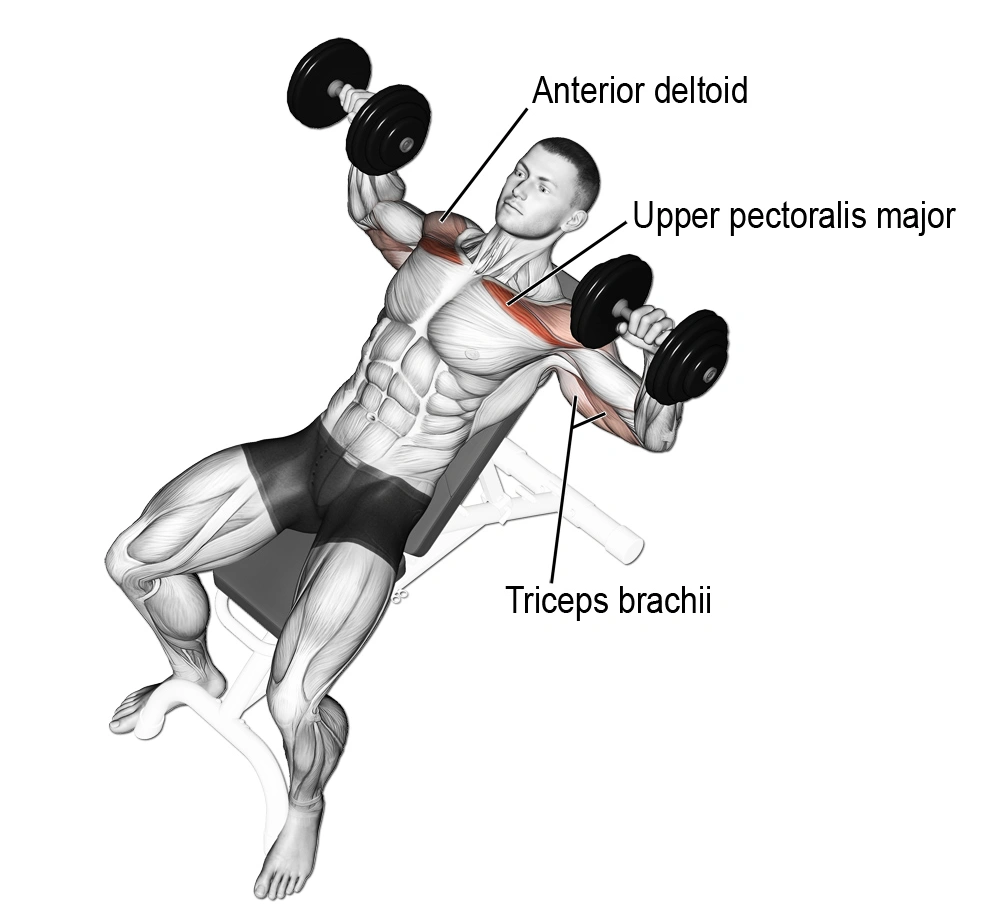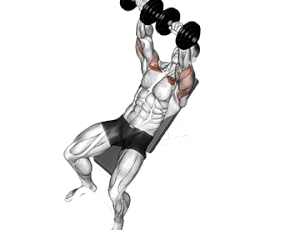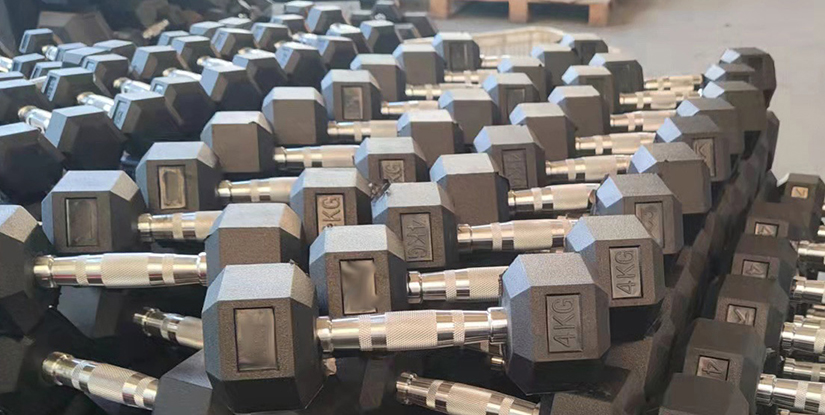How to do incline dumbbell press? Well… it’s kinda like your normal dumbbell bench press, except you tilt the bench up a bit. That small change? Hits your upper chest way more. Feels different. In a good way.
This move is great if you want your chest to look fuller. It also works your shoulders and arms at the same time. Simple and effective.
In this guide, I’ll show you how to set it up, how to move the weights, and a few easy tips so you can do it right from day one.
Target Muscles for Incline Dumbbell Press
The incline dumbbell press mainly works your upper chest — that’s what gives your chest a fuller, lifted look. But it also brings in other muscles to help with the push.

- Upper Chest – The main focus. The angled bench sends more of the load here than a flat press.
- Front Shoulders – Support the press and help keep your arms steady.
- Triceps – Kick in to straighten your arms at the top.
- Stabilizers – Small muscles in your chest and shoulders keep the weights from wobbling.
Compared to a flat bench press, the incline version shifts the effort upward. You might need lighter weights here, but the muscle engagement is worth it.
How to Do an Incline Dumbbell Press – Step by Step
The incline dumbbell press is simple once you know the basics. Here’s how to get it right from the start.

- Set the Bench
Adjust it to a 30–45° angle. Too high → turns into a shoulder press. Too low → feels like a flat bench. - Pick the Right Weight
Go lighter than your flat bench press. The angle makes it harder, and form matters more than numbers. - Starting Position
Sit down, hold the dumbbells on your thighs. Kick them up to shoulder level as you lean back. Feet flat, back against the bench. - Press Up
Push the dumbbells up over your chest. Breathe out. Wrists straight, elbows under the weights. - Lower Slowly
Bring them down to chest level. Breathe in. Control the movement — no bouncing. - Repeat
8–12 reps for muscle growth. Smooth, steady motion every time.
❌ Common Mistakes to Avoid
- Bench too steep → shifts work to shoulders, not chest
- Elbows flaring out too much → stresses shoulder joints
- Dropping too fast → loses muscle tension, risks injury
Incline Dumbbell Press Training Plan
Here’s a simple plan you can follow based on your level. Pick a weight that makes the last 1–2 reps challenging but still with good form.
| Level | Sets × Reps | Rest Time | Weight Focus | Extra Notes |
|---|---|---|---|---|
| Beginner | 3 × 10–12 | 90 sec | Light to moderate | Focus on form, smooth movement |
| Intermediate | 4 × 8–10 | 60–90 sec | Moderate to heavy | Keep elbows under control, steady pace |
| Advanced | 4–5 × 6–8 | 60 sec | Heavy | Add drop sets or pause reps for intensity |
Weekly Frequency
- 1–2 times per week
- Pair with flat bench press or chest flyes for complete chest training
- Always warm up shoulders before starting
So now you know how to do an incline dumbbell press — from the muscles it works, to the right form, to a plan you can follow. It’s simple, but it works. That small bench angle changes everything, putting the focus right where you want it: your upper chest.
Start light, get the form right, and build up over time. Mix it with other chest moves, stay consistent, and you’ll see the difference in a few weeks.

Hi, I’m Alex Carter, part of the editorial team at Leadman Fitness. We specialize in crafting premium custom racks, cable machines, functional trainers, and strength accessories for home and commercial gyms. With a background in competitive powerlifting and gym design consulting, I’ve spent years testing gear under heavy loads and optimizing layouts for efficiency.
I focus on translating real-world user frustrations—like space limitations, budget constraints, or durability needs—into actionable solutions. By collaborating directly with our engineers and facility owners, I ensure our custom equipment evolves to solve the unspoken challenges lifters face daily. What I share isn’t textbook advice; it’s battle-tested insight from racks I’ve welded, cables I’ve replaced, and gym floors I’ve trained on.
